-
Buiten in de Kuil - Lage Vuursche
Buiten in de Kuil - Lage Vuursche
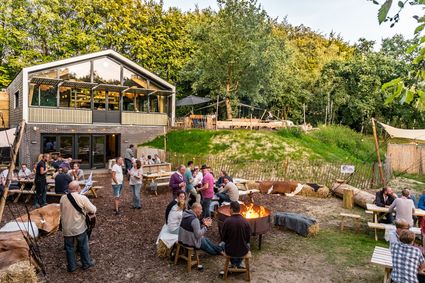 Zevenlindenweg 9
Zevenlindenweg 9
3749 AW
Lage Vuursche
-
Noorderpark Ruigenhoek
Noorderpark Ruigenhoek
 Noorderpark Ruigenhoek
Noorderpark Ruigenhoek
Einthovendreef-Noord
3566 ME
Utrecht
-
TOP Amerongen
TOP Amerongen
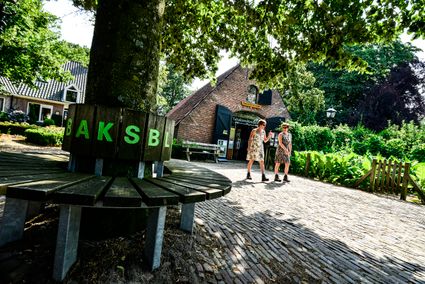 Burgwal 6
Burgwal 6
3958 ER
Amerongen
-
TOP Laagraven
TOP Laagraven
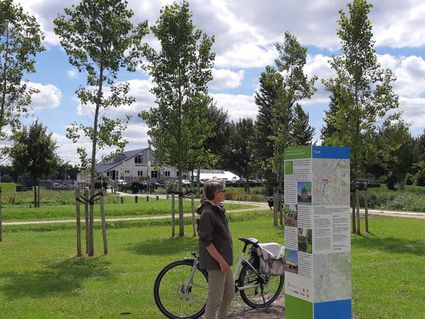 Ravensewetering
Ravensewetering
3439 ZZ
Nieuwegein
-
TOP Pondskoekersluis
TOP Pondskoekersluis
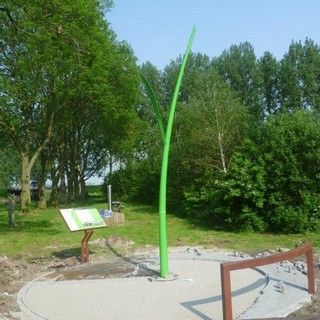 TOP Pondskoekersluis
TOP Pondskoekersluis
De Hoef Oostzijde 1
1426AD
De Hoef
-
TOP Oud-Zuilen, Slot Zuylen
TOP Oud-Zuilen, Slot Zuylen
 Tournooiveld 1
Tournooiveld 1
3611 AS
Maarssen
-
Fort aan de Klop
Fort aan de Klop
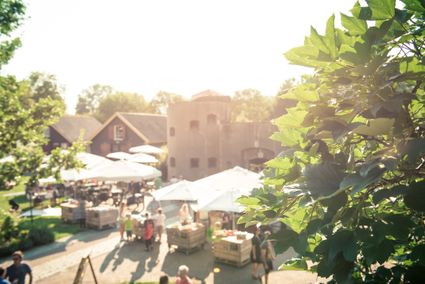 1e polderweg 2
1e polderweg 2
3563 MC
Utrecht
-
Slot Zeist
Slot Zeist
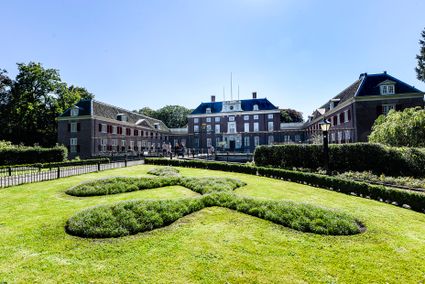 Zinzendorflaan 1
Zinzendorflaan 1
3703 CE
Zeist
-
TOP De Schammer
TOP De Schammer
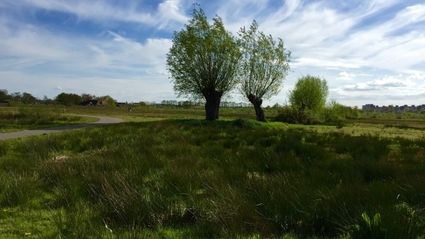 Schammersteeg 2
Schammersteeg 2
3835 PT
Stoutenburg
-
Kameryck Country Estate
Kameryck Country Estate
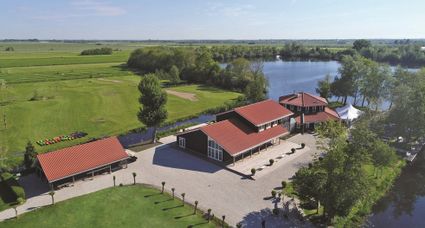 Oortjespad 3
Oortjespad 3
3471 HD
Kamerik
-
Bike Boat Eemlijn
Bike Boat Eemlijn
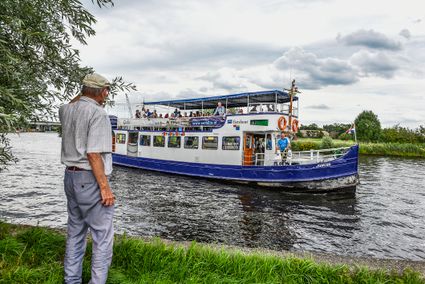 Fietsboot Eemlijn, opstapplaats Eemdijk
Fietsboot Eemlijn, opstapplaats Eemdijk
Eemweg 72 (tussen fietsknooppunten 17 en 64)
3741 LC
Baarn
-
Fort Uitermeer
Fort Uitermeer
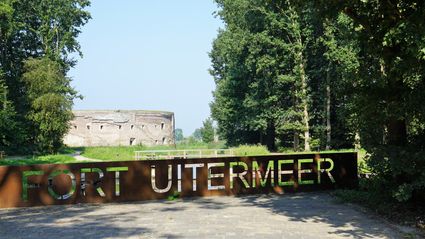 Fort Uitermeer
Fort Uitermeer
Uitermeer
1381 HP
Weesp
-
Renswoude Castle
Renswoude Castle
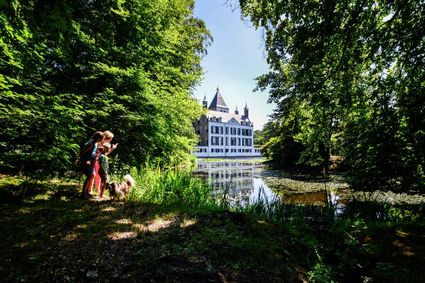 Dorpsstraat 3-9
Dorpsstraat 3-9
3927BA
Renswoude
-
The Waterloo Needle
The Waterloo Needle
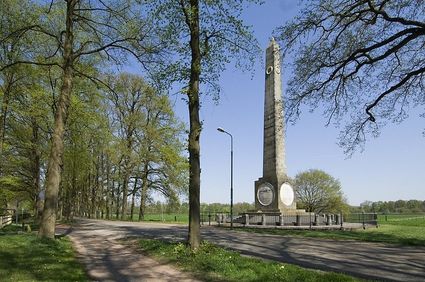 Torenlaan
Torenlaan
3742 CR
Baarn
-
Large Pump/Vianen Town Pump
Large Pump/Vianen Town Pump
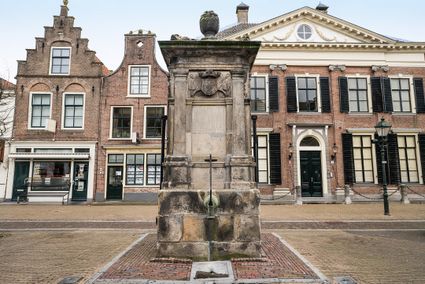 Stadspomp Vianen
Stadspomp Vianen
Voorstraat 54
4132 AS
Vianen
-
Pausdam
Pausdam
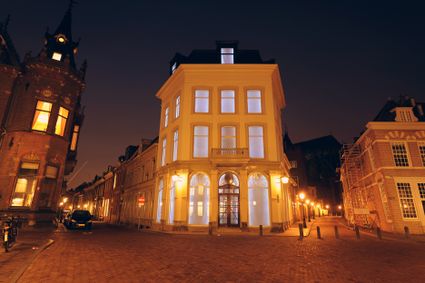 Pausdam 3
Pausdam 3
3512 HN
Utrecht
-
TOP De Linielanding
TOP De Linielanding
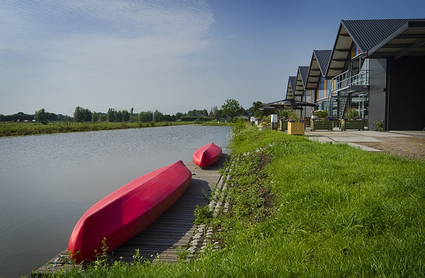 Waterliniedok 1
Waterliniedok 1
3433 NV
Nieuwegein
-
Grachten Galerie
Grachten Galerie
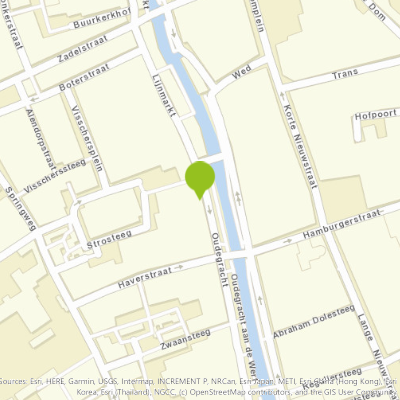 Oudegracht 185
Oudegracht 185
3511 NE
Utrecht
-
Mill de Hoop
Mill de Hoop
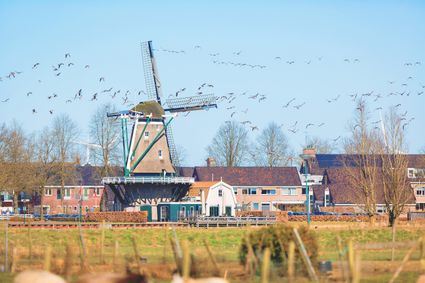 Stadsspui 4
Stadsspui 4
3752 CL
Bunschoten-Spakenburg
-
Fort Kijkuit
Fort Kijkuit
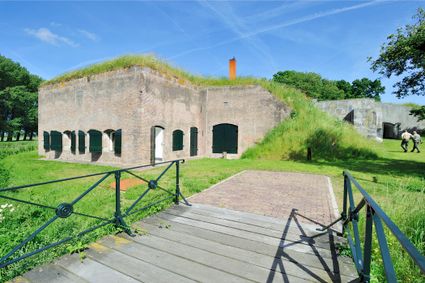 Fort Kijkuit
Fort Kijkuit
Gabriëlweg 6
1241 ND
Kortenhoef
-
Schaapskooi Heidestein
Schaapskooi Heidestein
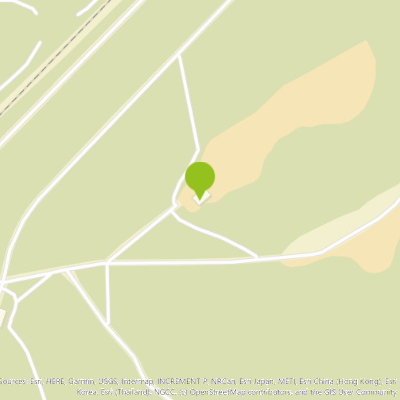 Prinses Margrietlaan
Prinses Margrietlaan
Zeist
-
Delicacies from Zeist
Delicacies from Zeist
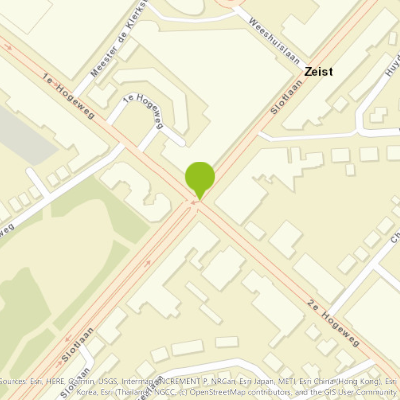 Centrum Zeist
Centrum Zeist
3701
Zeist
-
Café-Restaurant De Lage Vuursche
Café-Restaurant De Lage Vuursche
 Dorpsstraat 2
Dorpsstraat 2
3749 AD
Lage Vuursche
-
Leersumse Veld
Leersumse Veld
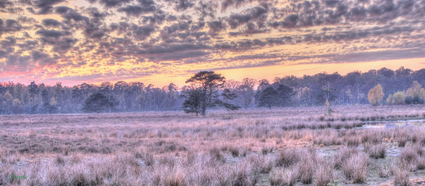 Maarsbergseweg 18
Maarsbergseweg 18
3956 KW
LEERSUM